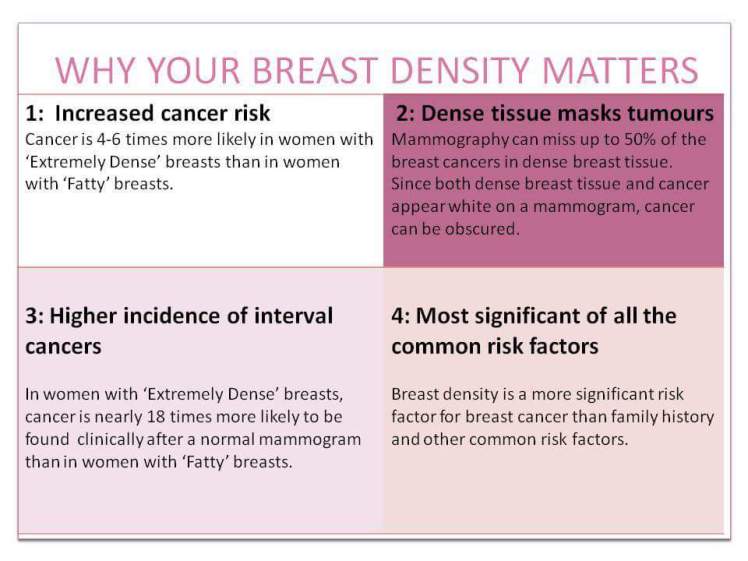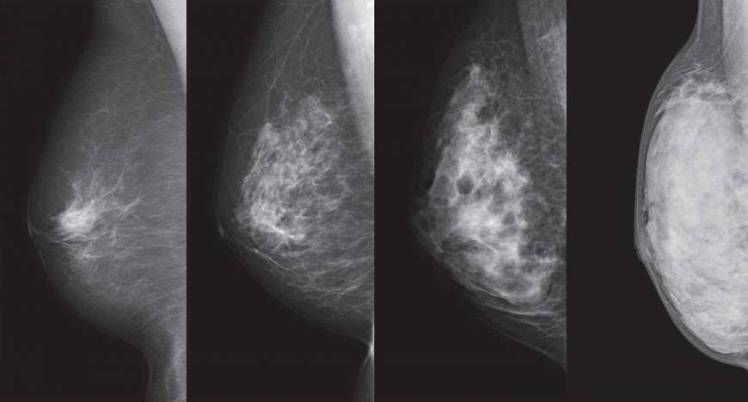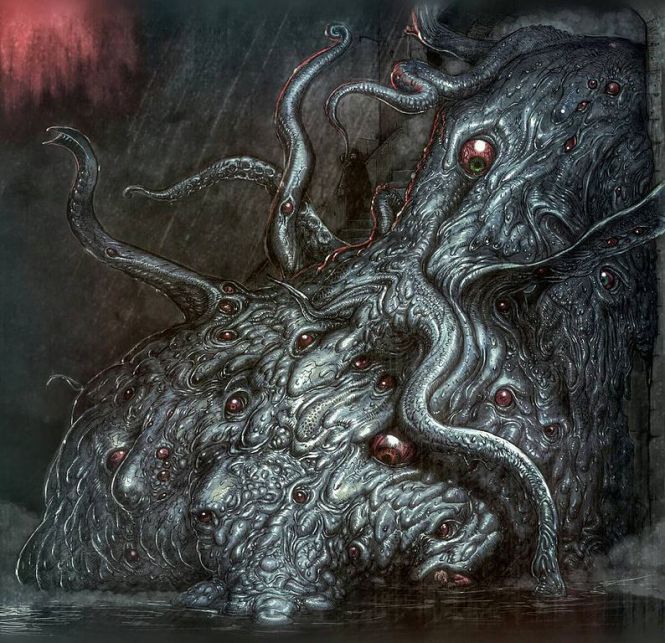Radiologists reading our mammograms can determine if we have Dense Breasts. Breast Density is the single most important predictor of the failure of mammography to detect cancer. A small tumour would appear white on your Mammogram and Dense Breast tissue also appears white, so there is likely to be a ‘masking effect’ and a risk that a tumour will not be seen.

Mika Masuda, a 55-year-old medical journalist, has vigorously campaigned over the years for breast density information to be disclosed to women who undergo mammograms. Masuda, who was diagnosed with stage-zero breast cancer in 2006, often gives lectures where she urges women to get tested early.
She says she has encountered many women who wondered why they were diagnosed with advanced-stage breast cancer even though they had undergone regular mammograms.
Doctors have known this all along,” Masuda said. “They have long known about dense breasts and have classified the density of every breast they examine into four groups. But they never let the patients know.”
But whether someone has dense breast tissue is personal information and it should be told to the woman. Witholding such information without any plans to introduce a notification system in the foreseeable future is not a patient-driven policy.”
Link here to Japanese proposals on breast density notification

These mammograms show breasts with differing densities, (from left) ranging from an extreme fatty breast, one with scattered areas of density, a heterogeneously dense type and an extremely dense type. | NPO BREAST CANCER IMAGING NETWORK
Advertisements Share this:- More





